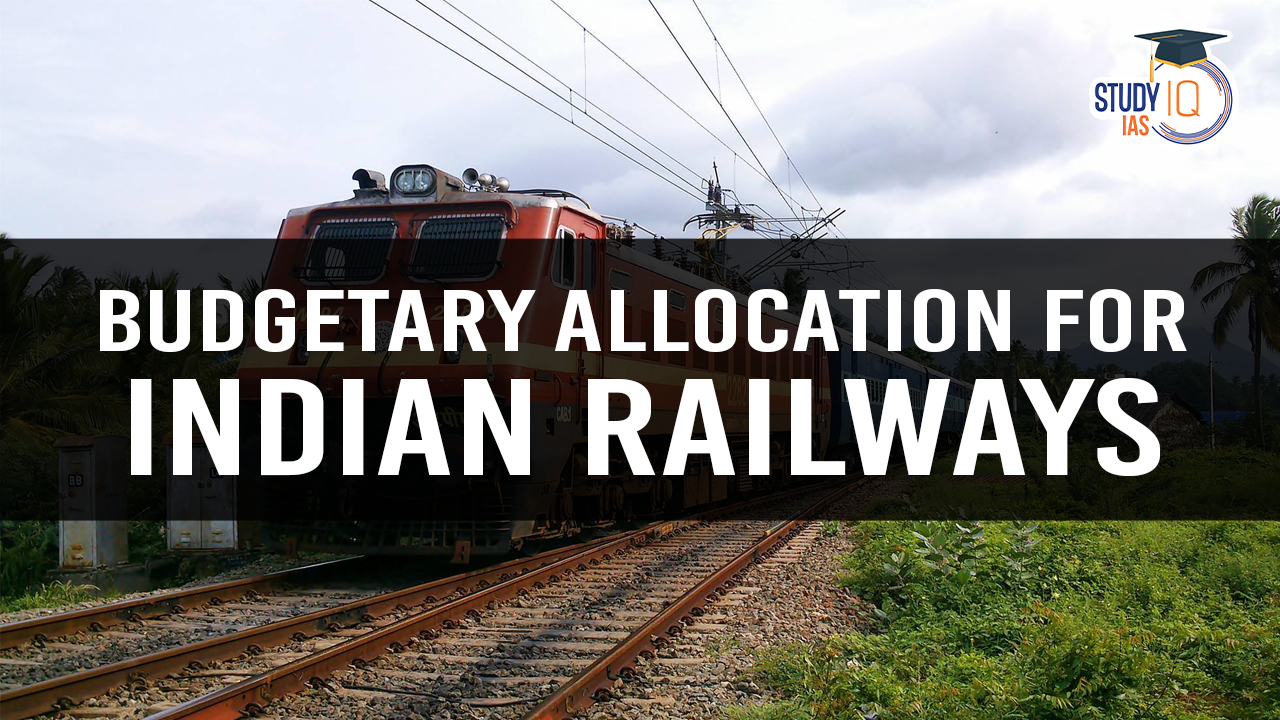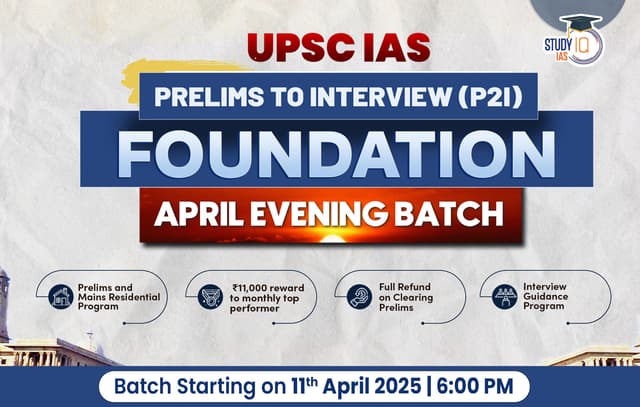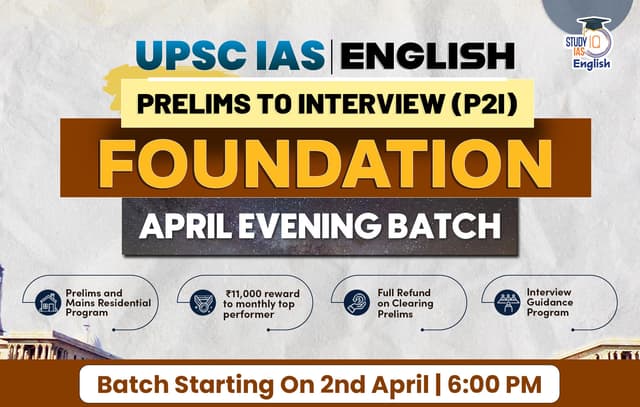Table of Contents
Context: The Union Budget 2025-26 allocated ₹2.52 lakh crore for Indian Railways (IRs), the same as the revised allocation for the previous fiscal year.
| Facts |
|
Key Points and Financials
- Capital Expenditure: ₹2.65 lakh crore, including ₹2.52 lakh crore from general revenues, ₹200 crore from the Nirbhaya Fund, ₹3,000 crore from internal resources, and ₹10,000 crore from extra-budgetary resources.
- Revenue Targets: Projected income of ₹3.02 lakh crore from passenger services, freight, and other sources, up from the revised estimate of ₹2.79 lakh crore in 2024-25.
- Passenger services: Targeted revenue of ₹80,000 crore, a 13.2% growth.
- The likely revenue from the passenger segment was kept at Rs 92,800 crore, up 13% from Rs 82,000 crore in the revised estimates for FY25.
- Goods revenue: set at ₹1.8 lakh crore, a 7% increase from the previous year. On freight, the Budget is targeting a 4% hike to Rs 1.88 trillion.
- Passenger services: Targeted revenue of ₹80,000 crore, a 13.2% growth.
- Internal and Extra-Budgetary Resources (IEBR): Retained at ₹13,000 crore for 2025-26, the same as the previous year, but significantly lower than the ₹52,783 crore allocated in 2023-24.
- Operating Ratio: Targeted at 98.43% for 2025-26, compared to 98.9% in the revised estimates for 2024-25.
- This means the national transporter will be spending ₹98.43 for every ₹100 that it will be earning
Focus and Initiatives
- Infrastructure Development: Funds will be used for track expansion, procurement of rolling stock, electrification, signaling enhancements, and station modernization.
- Safety: Emphasis on safety-related initiatives with an enhanced budget allocation of ₹1,16,514 crore.
- Electrification: Aim to achieve 100% electrification by the end of FY 2025-26.
- New Vande Bharat trains: 200 more Vande Bharat trains would be introduced.
Achievements and Targets
- Freight Loading: Indian Railways achieved an all-time high freight loading of 1,588 MT in FY 2023-24, up from 1095 MT in 2014-15, with a goal of 3,000 MT by 2030.
- Total Receipts: Achieved an all-time high of ₹2,56,093 crore in 2023-24 and generated a net revenue of ₹3,260 crore to supplement Capex.
Points of Concern
- Stagnant Capex: The capital expenditure remaining unchanged for the second consecutive year has been viewed as a disappointment.
- Underwhelming Returns: Despite significant investment over the last decade, returns are underwhelming.
- Freight traffic is growing at just over 2%, and passenger revenue remains below pre-COVID levels.
- Kavach Implementation: Slow progress in expanding Kavach coverage beyond the initial rollout of 1,465 km near Secunderabad.
- Project Delays: Delays in major projects such as the Western Dedicated Freight Corridor and the Mumbai-Ahmedabad High-Speed Rail. The transformation of the New Delhi station into a world-class hub has been stuck in re-tendering for nearly a decade.
- Electrification Issues: Concerns that the electrification spree has outpaced necessity, rendering approximately 5,000 diesel locomotives idle or underutilized.
- Also, much of the electricity powering IR still comes from fossil-fuel-based plants


 How RBI Responded To Global Trade War Ch...
How RBI Responded To Global Trade War Ch...
 Why Confidence in US Dollar is Falling?
Why Confidence in US Dollar is Falling?
 Repo Rate and Reverse Repo Rate, Impact ...
Repo Rate and Reverse Repo Rate, Impact ...





















